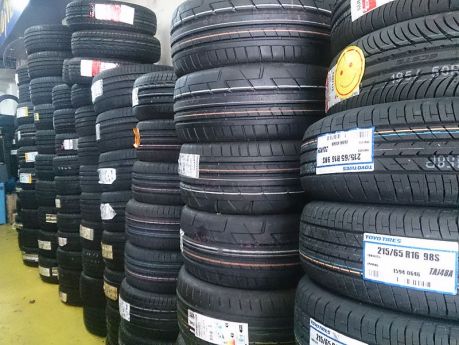
An EU initiative developed a complete on-site wind turbine repair package to limit downtime caused by turbine damage.

An EU team worked to enable the production of quartz with zero or very low toxicity, suppressing any possibility of contracting respiratory diseases.

Researchers have tested the toxicity of new and degraded nanomaterials to better understand how to keep these ubiquitous structures from harming humans and the environment.

Emergence of electric aircraft has made thermal control and heat rejection more challenging than ever. EU researchers have unveiled a passive thermal management solution that significantly reduces the temperature of equipment inside electric aircraft.

A consortium of partners from different fields and continents has helped launch new architecture and infrastructure software for Building Information Modelling.

An EU team has devised a new system for cleaning hospital floors. Utilising new mop fabrics combined with ultraviolet (UV) sterilisation, the system achieves 100 % microbe removal and produces no chemical or other waste.

EU researchers have developed new methods for efficiently converting liquid fuels such as diesel or biodiesel into hydrogen. Refinements promise cost-effective, decentralised hydrogen production with the potential to transform fuel production and distribution across the EU.

EU scientists addressed important problems that currently hinder complete integration of active nanophotonic devices on chips using plasmonics and a new combination of materials.

In the framework of the European Clean Sky Joint Technology Initiative (JTI), researchers developed numerical models to assess drag reduction on the tiltrotor main body as per aerodynamic shape optimization on some critical fuselage components and validated the predictions with wind tunnel tests.

An EU project has developed ways to incorporate preservatives into cosmetic packaging to reduce preservatives used in the cosmetics themselves.

Improving the energy efficiency of buildings would have a major effect on European energy requirements. An EU initiative set out to make this a reality by developing smart windows for sophisticated light and heat control.

Increasing the aerodynamics of an aeroplane by developing wings that change their shape could one day lead to faster, more fuel efficient aircraft.

An EU group studied the deformation of automobile tyre rubber under braking on wet roads. Using novel software analysis of infrared images, the team modelled what happens to tyres and asphalt; results may yield improved materials.

Faster, more reliable and flexible rail freight services are needed across Europe. An EU initiative designed a new freight train with similar performance to that of a passenger train.

The EU-funded SQUTEC project has developed technology so sensitive that it can measure individual molecules.

A major technological challenge in compounding polymer nanocomposites (PNCs) is obtaining control over the dispersion of nanoparticles in the polymer matrix. A new piece of high-tech machinery is, for the first time, enabling adaptive process control and, therefore, quality control.

Light is considered an ideal reagent for environmentally friendly, green photocatalysis. The recent advent of nanotechnology has offered the possibility of carefully tuning the synthesis and properties of nanoparticles to be used as photocatalysts.

Researchers have developed ways to use natural fat-digesting enzymes in water-and-oil solutions to produce non-toxic products for the chemical, food and pharmaceutical industries.

EU-funded researchers have built a fully automated robotic platform that can detect and harvest ripe fruit in greenhouses and open fields. It can also be used for canopy spraying in orchards and targeted spraying in vineyards.

Using cost-efficient printing techniques, an innovative EU-funded project has incorporated wireless sensor technology into paper products. The technology offers innovative applications in a variety of different fields, varying from logistics to smart packaging.

An EU initiative developed a smart administrative system that can learn. It can capture, store, use and analyse information about an organisation's daily operation in order to help in the decision-making and knowledge-sharing process.

EU-funded scientists designed a tool to calculate the magneto-optic response of materials that are promising for innovative applications in condensed matter physics and nanotechnology. After the recent discovery of extraordinary materials, such as topological insulators and certain carbon nanostructures, this success seems to have come at the right time.

When hydrogen is absorbed by steels and other alloys, it reduces their ductility and load bearing capability. A series of computational models promises to aid several industries in evaluating the impact of hydrogen on the structural integrity of materials and components.

Global trends increasingly highlight the need for improved detection and identification of radioactive sources and nuclear materials. EU-funded scientists met this challenge by creating an innovative toolbox.

Aircraft engine designers have been attempting to simultaneously increase efficiency and reduce fuel consumption. EU-funded scientists tackled this problem with waste heat recovered from the exhaust system to power a modified piston assembly.
























